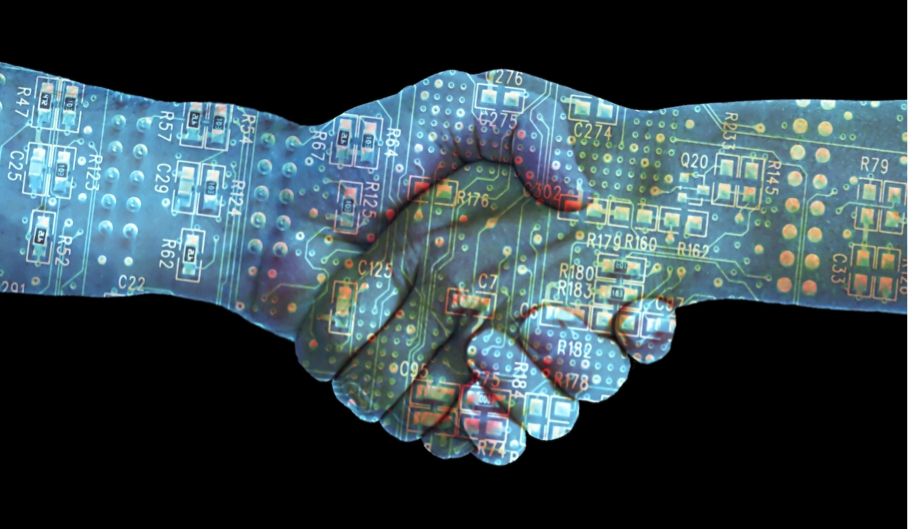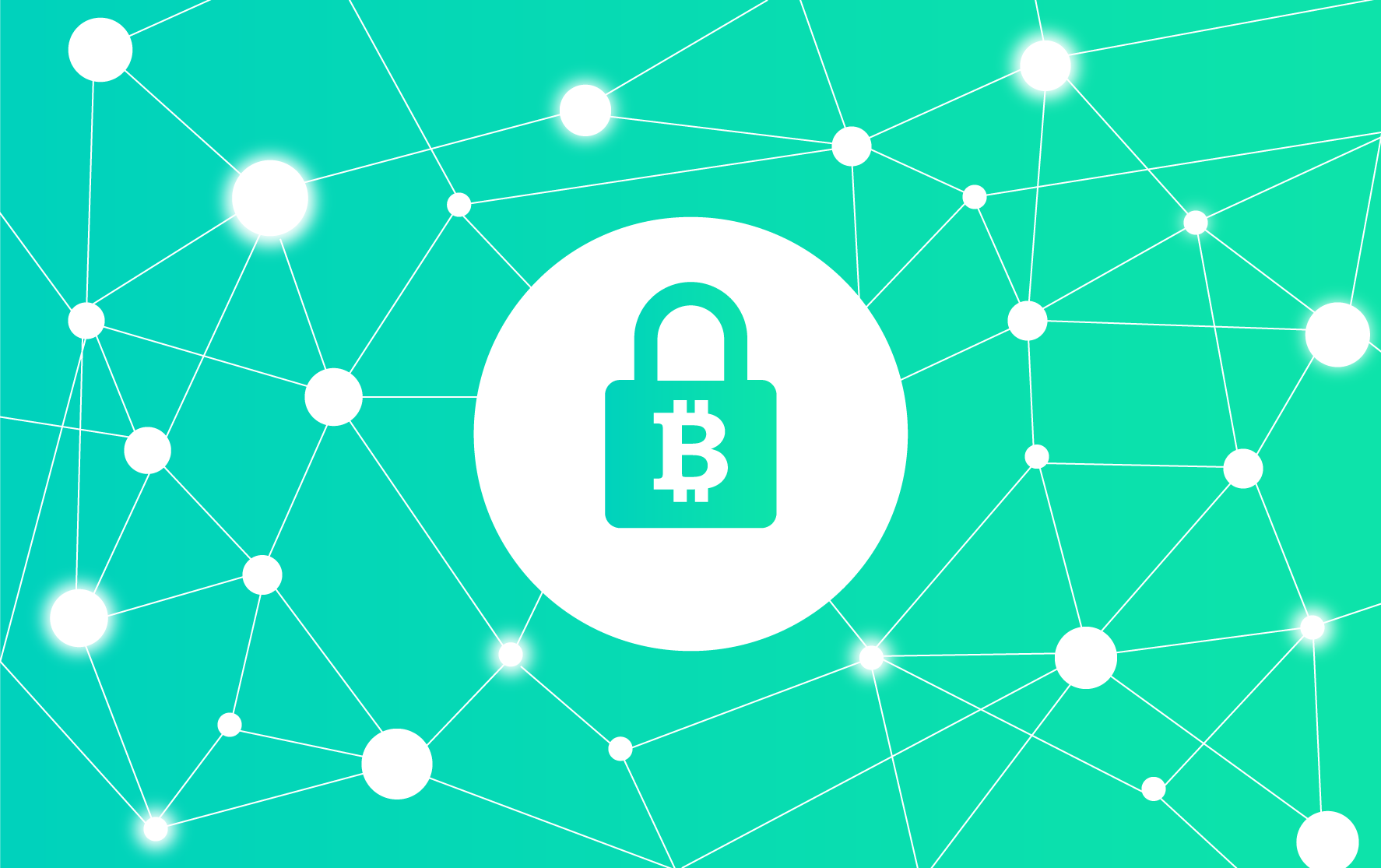The disruptive properties and revolutionary capabilities of blockchain have become a popular theme. Touched on briefly in our previous article "Bitcoin boom or bust". It could be the most disruptive piece of technology to surface over the past few years, but what exactly is blockchain and why is it so disruptive?

Blockchain Basics
Rather than having a single party keep a record of all of the transactions that may happen within a system, a blockchain shares the task of logging and recording transactions amongst the people making them. The underlying technology then verifies that all of the users have matching records and confirms the transaction.
The Blockchain
Blockchain’s decentralised nature means each transaction is continuously and sequentially recorded on a public “block” creating a unique on-going “chain”. Each block contains a “hash” or unique fingerprint of the previous code, which is solved to authenticate the transaction source.
The combination of the blockchain and the cryptography ensures that there can never be a duplicate recording for the same transaction; it also eliminates the ability to tamper transaction records. A blockchain can be thought of as a semi-public database that the owner holds the key to access. The “header” of your block is public but the owner of the private key is the only person who can access the information held within.
Blockchain Opportunities
There are a myriad of potential applications for blockchain technology, as it can ultimately be deployed to transfer any digital right, digitisable asset or currency. One of blockchain’s main appeals for an enterprise is the ability to transfer custody of valued assets in an auditable manner without relying on intermediaries/middlemen.
This opportunity is being explored by some of the largest banks in a proof of concept with R3, a blockchain company using their technology to settle deals. The banks are trading ‘play’ money and tokens representing shares over a decentralised network, meaning they do not need to use third party settlement or clearing houses.
Eleven banks have been involved in this proof of concept including UBS, Royal Bank of Scotland and Barclays. Blockchain’s inbuilt security and trust checks mean they can cut out the middleman process and deal directly. This is expected to cut their costs and substantially improve the speed of the process.

DApp or DAO?
DApp is the acronym for decentralised app and is currently a surging platform for blockchain business enthusiasts. A decentralised app operates as an open source organisation that can be contributed to, by independent parties who are rewarded with tokens. Eventually the tokens gain value as the network effect kicks in and usage of the application increases.
N.B. A decentralised organisation has no hierarchical structure and is therefore progressively built by the contributors who are also rewarded.
Bitcoin is sometimes used as an example of a DApp. Bitcoins are created as a reward for payment processing work, which is when a user offers their computing power to verify and record payments into a public ledger (otherwise known as mining). Over time the network effect has led to an increase in the popularity of Bitcoin and its value has therefore increased in turn rewarding the contributors.
DAO is the acronym for a decentralised autonomous organisation. The idea behind a DAO is to create a company that lives on the Internet and exists autonomously relying on people only to perform the tasks that automation cannot do. It can be thought of as an organisation that is run with minimal human involvement solely based on automation.
Sceptics
Despite the headlines and resounding hype, blockchain projects are still in the early exploratory phase. The challenge of legacy infrastructure will be blockchain’s main obstacle, coupled with the challenge of technical understanding.
The processing power required to decipher some cryptographs has already been flagged as an environmental issue. As the amount of cryptographs being processed increase in quantity and complexity, the environmental impact could become a cause for concern.
What to watch?
We expect blockchain to infiltrate the everyday operations of today’s enterprise, as a decentralised ledger provides huge cost benefits and reduces human error found in centralised recording. The flexibility of blockchain should enable its widespread use across a multitude of industries. We have already seen usage range from solar power to counterfeiting.
More exciting opportunities should continue to arise from blockchain enthusiast’s mentality. Decentralised organisations though difficult to process should increase in popularity, having the potential to reinvent how companies operate and how the workforce is deployed.
The multitude of applications and disruptive ideas resonating from blockchain clearly show why it has become a hot topic. The use of blockchain is undoubtedly advantageous but whether it will meet expectations or become another victim of hype is still to be seen. Either or, blockchain is here to stay and will continue to disrupt.
Sources:
https://www.oreilly.com/ideas/understanding-the-blockchain
http://uk.businessinsider.com/11-banks-in-r3-consortium-use-blockchain-technology-to-trade-2016-1
James Harbridge